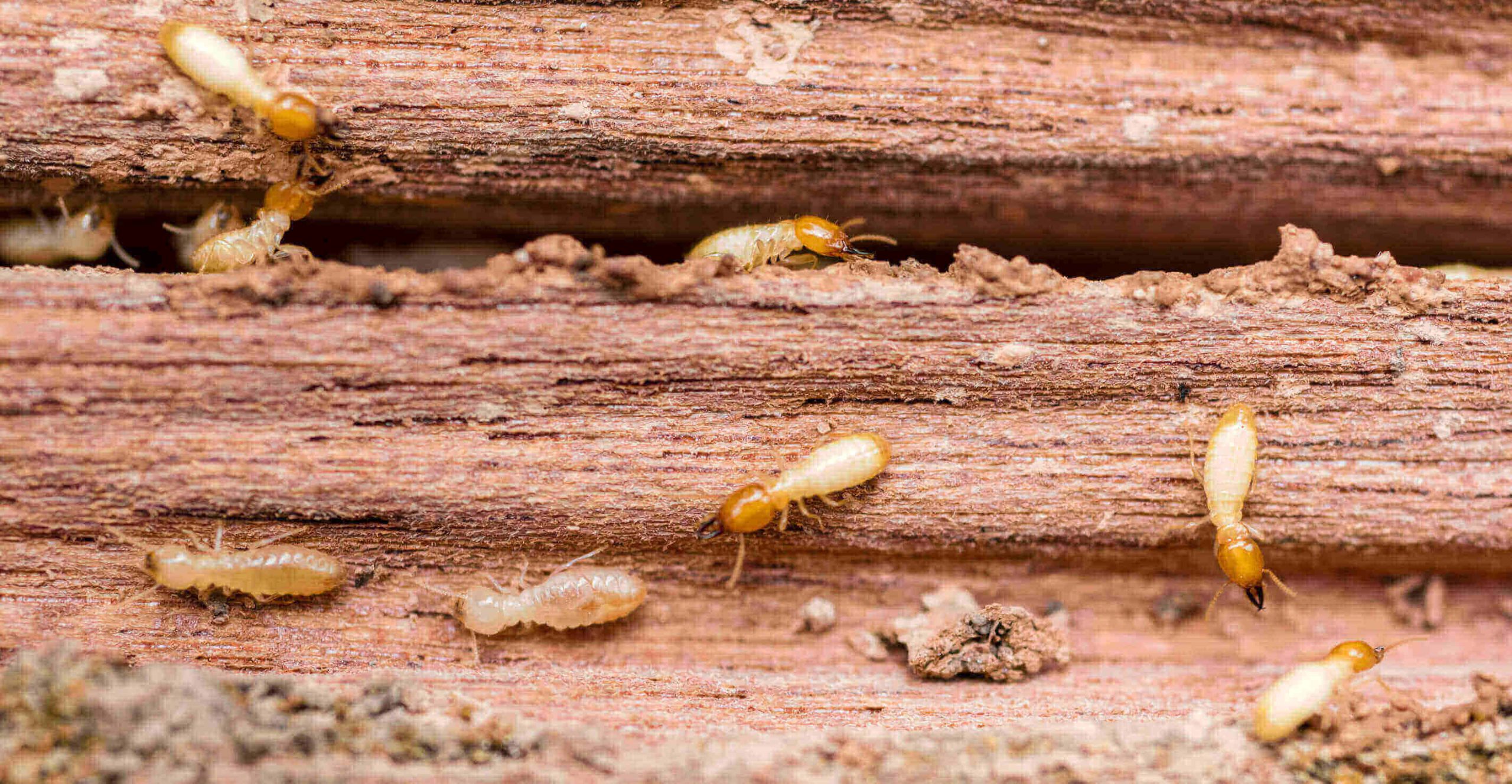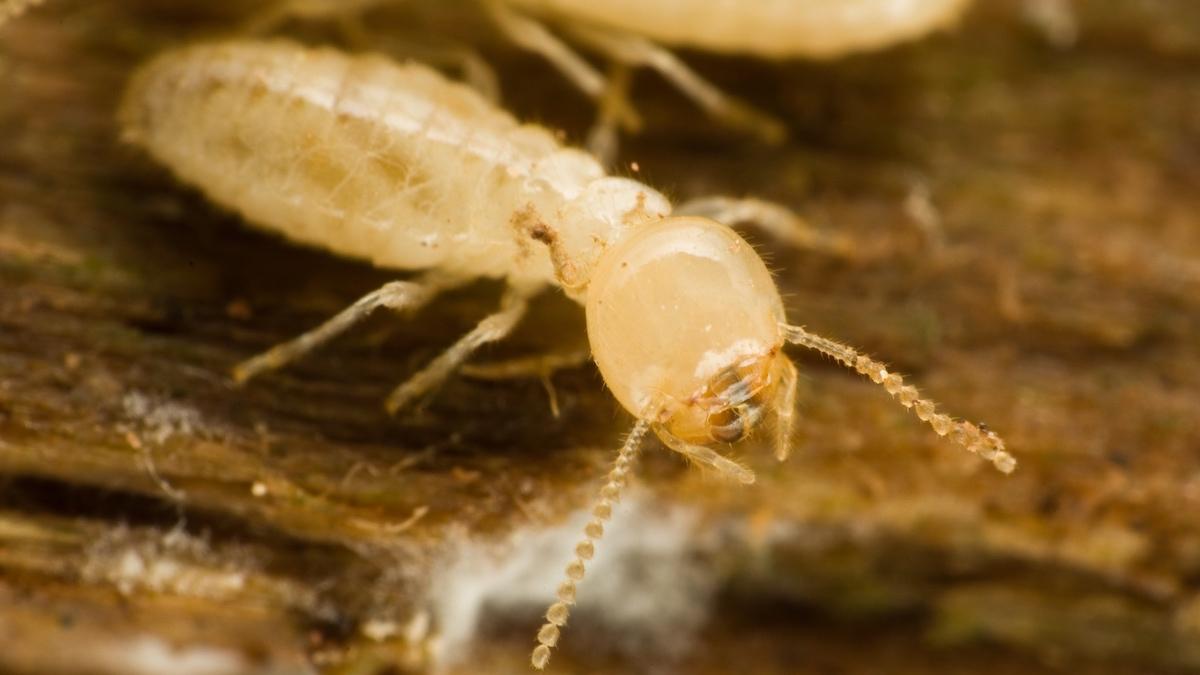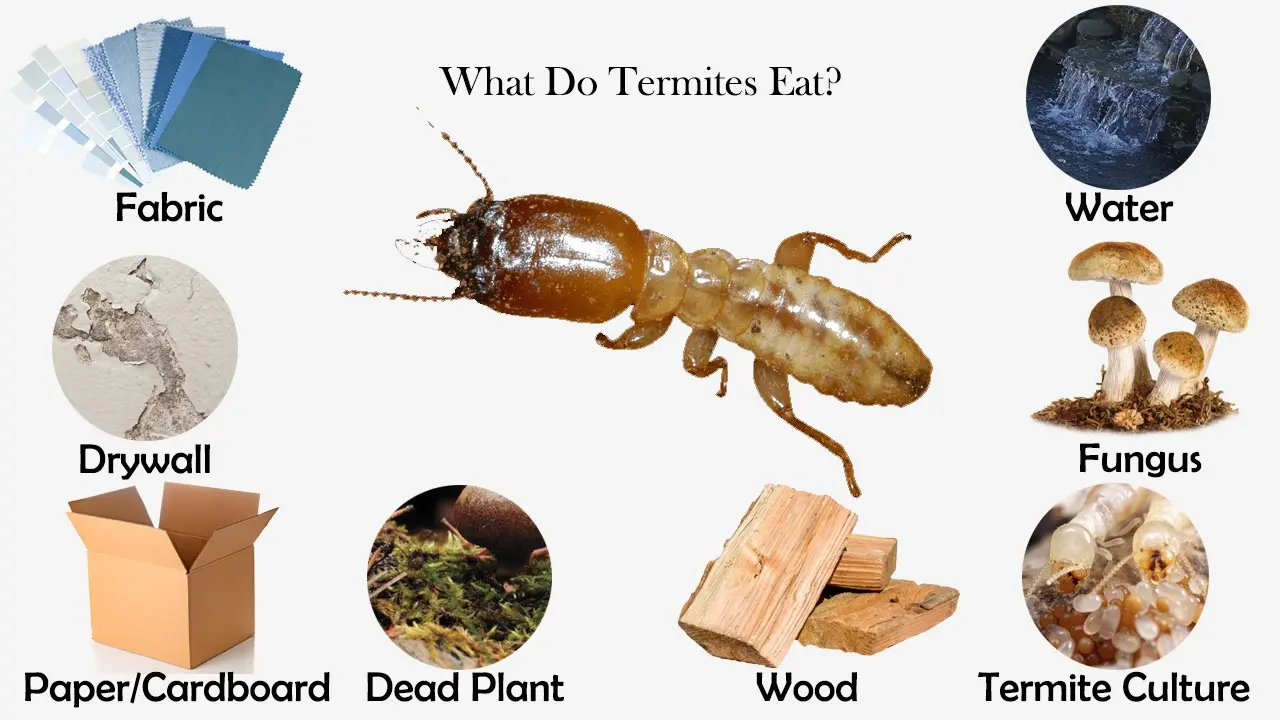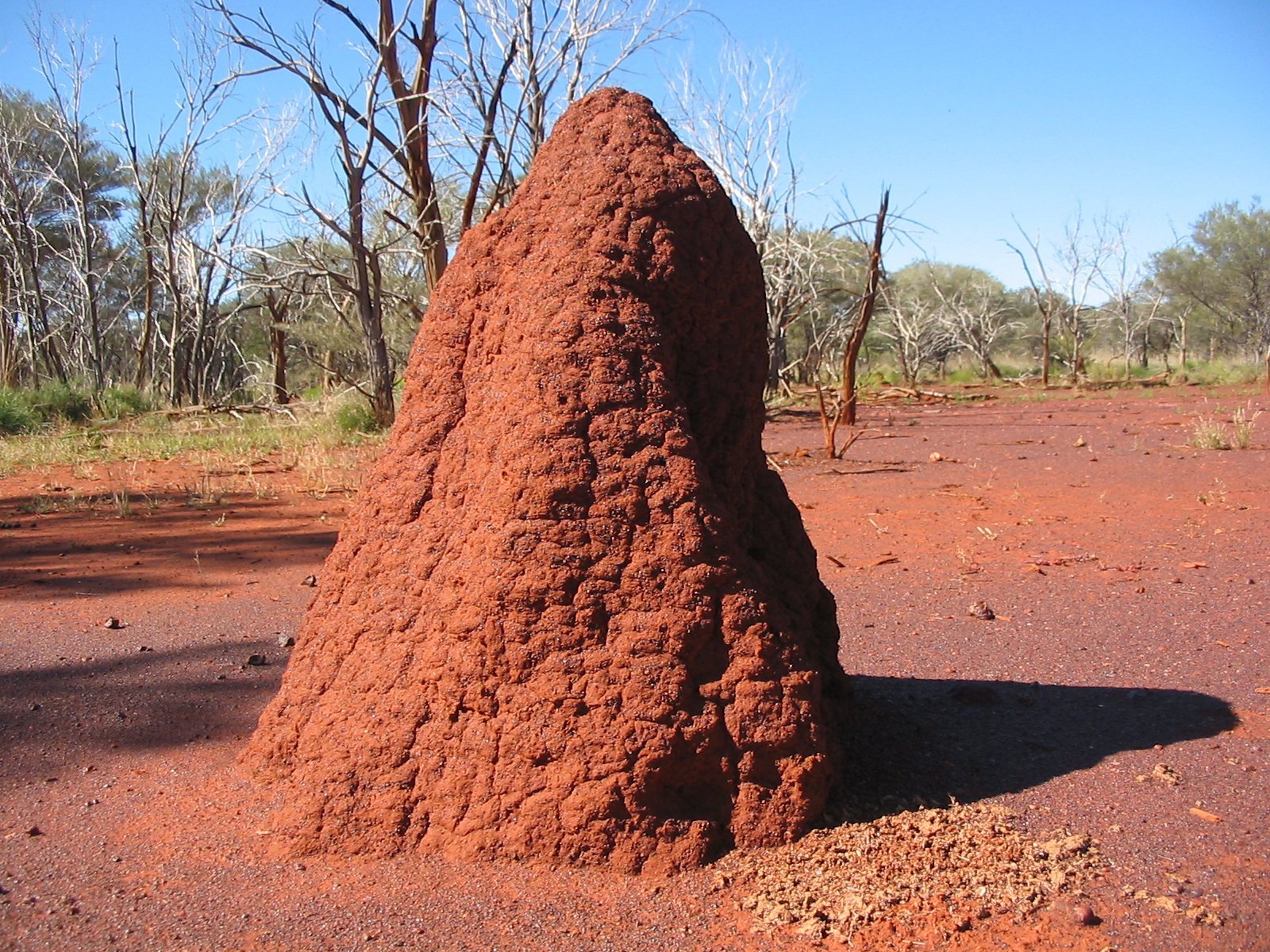Termites are small, winged insects that feed on wood, paper, and other materials containing cellulose. They are considered to be one of the most destructive pests in the United States. In Florida, their presence is particularly concerning due to the prevalence of warm, humid climates, which provide ideal conditions for these pests to thrive.
Types of Termites

Flying Termites in Florida
Florida is a hotspot for termite activity. Among the most common varieties of termites in Florida are drywood, subterranean, Formosan and most recently, the invasive Asian subterranean termite. Of these, flying termites are of particular concern and can be found throughout the state.
Flying termites are swarmers, meaning they are the reproductive caste of a termite colony. They have two pairs of wings that are equal in size and have a distinctively straight antennae. In Florida, flying termites usually emerge in the spring and summer months, typically after a rain. They have a short lifespan and die within a few days of mating.
While the presence of flying termites may be alarming, it does not necessarily mean there is a nearby infestation. Flying termites are more likely to be noticed when an active infestation is present, but their presence does not necessarily indicate a structural issue.
If you suspect you have noticed flying termites in Florida, it is important to contact a professional pest control service. They can assess the situation and provide guidance on how best to get rid of the termites.
Appearance

- Small, winged insects, about 1/8 inch in length
- Pale yellow to brown in color
- Two pairs of wings, both the same size and shape
- Faint brownish-yellow stripes on the back
- Long antennae
Diet

Flying termites in Florida feed on wood, paper, cardboard, and other cellulose materials found in buildings. They need moisture to survive, so they often take up residence near sources of water like sinks, tubs, and other moist areas. They also need a source of carbohydrates for energy, which they get from the wood and cellulose they consume. They may also supplement their diet with other sources of nutrition like fungi, dead insects, and even their own feces.
Habitat

| State | Habitat |
|---|---|
| Florida | Flying termites are commonly found in the southeastern United States, particularly in Florida. They are mostly found in moist conditions such as in gardens, wooded areas, and other damp places. |
| Other states | Flying termites can also be found in other states in the southeastern United States, such as Alabama, Georgia, Mississippi, and Louisiana. They usually inhabit moist areas such as wooded areas, gardens, and other damp places. |
Flying termites typically live in colonies and build mud tubes to protect themselves. They can be found in the soil, trees, wooden structures, and even in the walls of buildings. They are drawn to light and will often enter homes through open doors and windows in search of food.
Behavior
- Flying termites tend to live in colonies and construct nests.
- They usually emerge from the ground in large numbers during warm and humid weather.
- Flying termites in Florida feed mainly on wood and other cellulose-based materials.
- They are attracted to light and therefore can be seen in and around windows, doors and lights.
- Flying termites in Florida are most active during the spring and summer months.
- When they swarm, they generally fly in a straight line.
- After mating, the female and male flying termites will land and start a new colony.
Treatment
- Inspect the property for entry points.
- Seal all cracks and crevices in the walls, floors, and ceilings.
- Remove any excess moisture from the area.
- Treat infested areas with an insecticide or insect growth regulator.
- Vacuum up any termites and discard the vacuum bag.
- Replace any damaged wood or paper products.
- Regularly inspect your property for any signs of termites.
Frequently Asked Questions
What kind of termites are common in Florida?
Subterranean termites are the most common type of termite found in Florida. They live in colonies underground, build mud tubes to reach above-ground food sources, and cause extensive damage to wood structures. Drywood termites are also very common in Florida and feed on wood, but they live entirely in the wood they consume. Formosan termites are an invasive species in Florida and are much more destructive than native termites. They live in colonies both underground and in wood and can cause severe damage to structures.
How can I tell if I have winged termites in my home?
Winged termites are often the first sign of an infestation, since the insects are drawn to light and fly in swarms to mate. To check for winged termites, look for small, dark-colored insects with two pairs of wings that are equal in size. They are usually 1/4 to 1/2 inch long. You may also find discarded wings near window sills, door frames, and other light sources. If you suspect an infestation, contact a professional pest control service to inspect your home and determine the best course of action.
What are the most effective measures to protect my home from flying termites?
The most effective way to protect your home from flying termites is to reduce moisture and structural weaknesses in your home. Ensure that there are no open cracks or crevices in the foundation or walls of your home, as these provide entry points for termites. Additionally, check for any visible signs of termite infestation, such as mud tubes and discolored wood, and repair any leaky pipes or faucets that can provide moisture for termites. Finally, consider installing termite control measures such as insecticide-treated wood or underground barriers around the perimeter of your home.
Are there any particular areas of Florida that are more prone to termite infestation?
Yes, certain areas of Florida are more prone to termite infestation than others. These areas are typically characterized by warm, damp climates, such as coastal regions and areas near bodies of water. The higher humidity levels in these regions make it easier for termites to thrive and reproduce. Additionally, termites are attracted to wood and wood products, which are abundant in these areas.
What are the Signs of a Termite Infestation in My Home?
Signs of a termite infestation include visible swarms of flying termites, piles of wings left behind by swarmers, mud tubes on exterior walls and wood damage. Termites are most active in warmer climates and the presence of flying termites is the strongest indicator of an infestation. Homeowners should inspect their property regularly for any signs of termite activity. If termites are discovered, professional pest control services should be consulted.
Conclusion
Termites can cause extensive damage to your home and property, so it is important to act fast if you think your home may be at risk of an infestation. Taking preventive measures such as regularly inspecting your home for signs of termites, sealing cracks and crevices in your home, and using baits and traps can help protect your home from a termite infestation. If you suspect that you have an infestation, contact a professional exterminator to assess the situation and take appropriate action.







